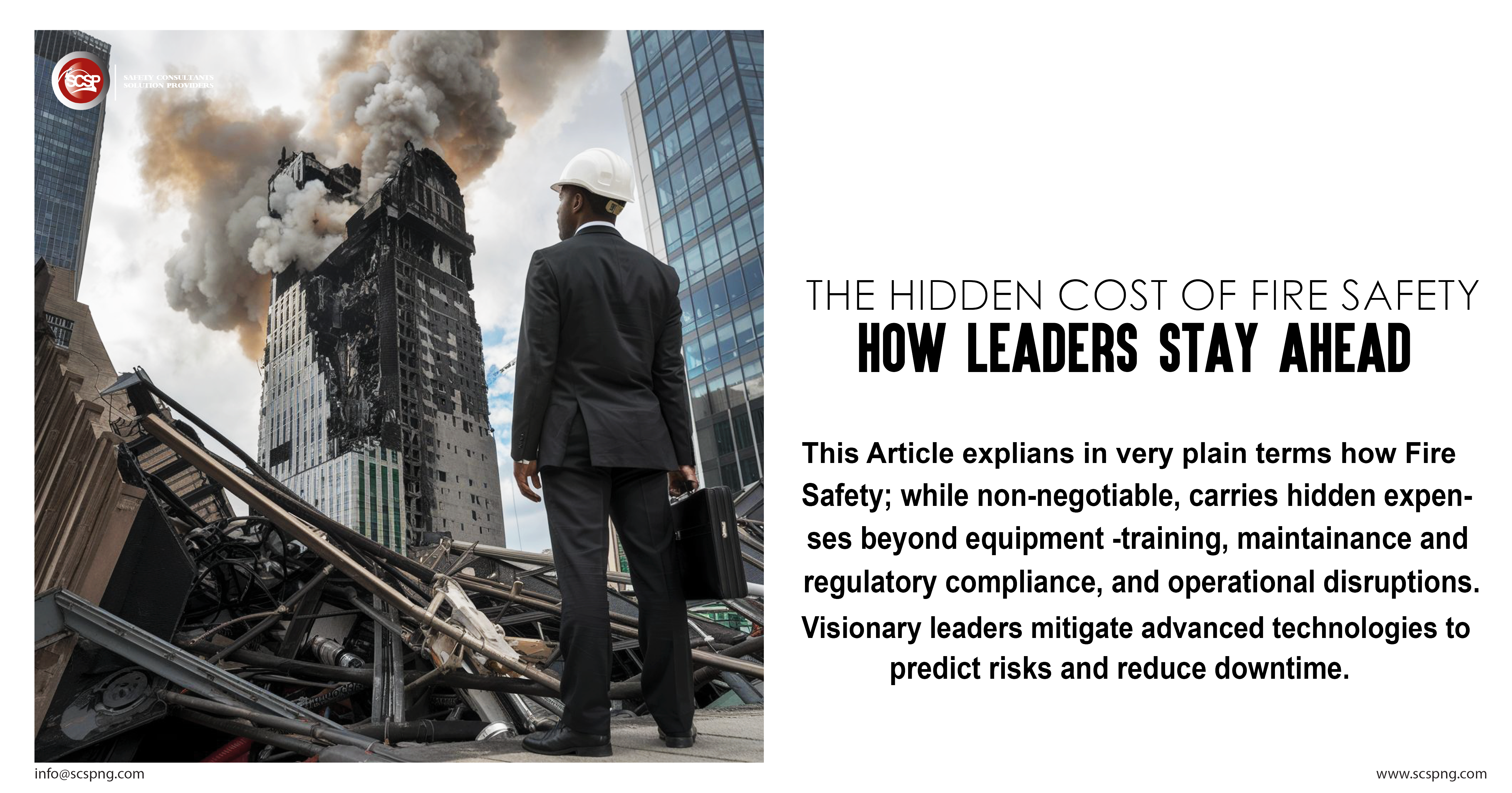The article describes the standard on safe electrical design, installation, and inspection to protect people and property from electrical hazards. It focuses and addresses the installation of electrical conductors, equipment, and raceways; signaling and communications conductors, equipment, and raceways; and optical fiber cables and raceways in commercial, residential, and industrial occupancies. The course content used in this module is based on NFPA 70, The National Electrical Code (NEC Code). NEC is the number one selling standard produced by the National Fire Protection Association and adopted in all 50 US States, the NEC is the benchmark for safe electrical design, installation, and inspection to protect people and property from electrical hazards
The overall goal of the NEC as opposed to other standards is that it doesn’t provide guidance on what an electrical installation should be. It provides the bare minimums for what an electrical installation MUST be. This isn’t a fine point of distinction. There are often compelling reasons to exceed NEC requirements. There’s almost never a good reason to fall below them.
Many electrical installations are not done with life safety in mind during construction or modification of occupancies in Nigeria, and several shortcuts are taken, there are issues of poor earthen in buildings, naked wiring, haphazard cabling, and the use of the wrong cables that are not rated for the installations they have been used for. These in the long run will result in electric shocks, burns, etc.
Also Read: What is cyber-security?
According to information published in the Journal of sustainable development studies, citing relevant sources. Data published by the Nigerian Institute of Statistics indicate that 480 workers suffered fatal injuries due to contact with electrical current from 2009-2013, which would represent 64% of the 748 injuries recorded. According to the Nigeria Consumer Product Safety Commission, an estimated 60,000 construction site fires of electrical origin occurred between 2011 and 2014, claiming 950 lives and injuring 2,400 people.
In recent times the rate of electrocution and other related accidents in the Nigeria Electricity Supply Industry is on the rise as many reported incidences of public servants deployed to work on electrical installation get electrocuted even when they are fully kitted with PPE. NFPA 70 makes some provisions for workers’ protection however there’s an offshoot standard, NFPA 70E Standard for Electrical Safety in the Workplace which addresses electrical hazards in the workplace and supplements the National Electric Code (NEC) by focusing on protecting the worker from common electrical hazards. Serious injuries, resulting from voltages far below those experienced by electric utilities, occur daily as workers install, maintain, and repair energized systems. The objective of this standard is to provide protection to at-risk workers based on the potential energy to which they could be exposed. 70E provides multiple methods by which the employer can calculate or estimate the hazard or risk. NFPA 70E requires that employees wear proper arc-rated Flame Resistant (FR) clothing whenever there is possible exposure to an arc flash above the threshold incident-energy level for a second-degree burn. Such FR protective apparel must be rated for protection from electric arcs so they can be properly matched to the appropriate hazard levels.
Also Read: ACCEPTED STANDARD BENCHMARK and MITIGATIVE MEASURES
NFPAWA focuses its FERM 01 module on the benchmarks as indicated in these standards. On attending NFPAWA FERM 01 training you will learn in this module the various benchmark and mitigative measures for proper specification, installation, maintenance, the importance of a grounding, proper selection of cables, and safe electrical installations in all facilities.
The NEC is a “code” that is enforced and addressed in the design and installation phases of the structure. The NEC seeks to provide the practical safeguarding of persons and property from hazards arising from the use of electricity through provisions that are considered necessary for safety. According to IAEI magazine on NEC and workers’ safety, some of the major points of the NEC can be summarized into four categories and it covers all the points the NEC hopes to achieve on any electrical work.
- Working Space and Guarding – The NEC recognizes this fact. Article 110, Requirements for Electrical Installations, is a great place to start when it comes to understanding requirements around working space.
- Signs, Labels, and Markings – The NEC incorporates many places where markings, labels, and signs are required, all of which an electrical worker should take advantage of. In addition to UL standards that products must adhere to, the NEC works to ensure consistency in this area. NEC 2014 took another step forward to help make that happen with changes made in Section 110.21(B), Field-Applied Hazard Markings In addition to the what and how the NEC also addresses all of the wheres when it comes to this topic: from arc-flash hazard warning labels on gear (Section 110.16 Arc-Flash Hazard Warning) to cable tray labels (230.44 Cable Trays) and the cables themselves [210.5(C) Identification of Ungrounded Conductors]. The labels and markings are there to raise awareness and to ensure that you are working with the correct equipment.
- Making Safe – As with any electrical project, ensuring a safe work condition is essential; working de-energized should be a priority one. The NEC includes important provisions to help you increase safety on the job site through requirements for disconnecting means to be made available when needed, as well as to help ensure all conductors are de-energized when the circuit is turned off. The NEC caps off the installation with provisions around illumination
- Arc Flash and Shock Protection – Incident energy and electric currents can kill. The NEC includes provisions to help mitigate the effects of both for the electrical worker. Prior to NEC 2011, the NEC addressed the arc flash problem via a labeling requirement in Section 110.16. NEC 2011 introduced Section 240.87 to provide methods that act to reduce the level of incident energy. Justified energized work, unfortunately, has to happen at times. When this work is conducted, methods to reduce incident energy are critical for safety. The NEC now has provisions to do just that.
- Shock protection, on the other hand, has been a part of the NEC for quite some time. Ground-fault circuit interrupters (GFCIs) afford protection that saves lives. The NEC works to ensure that workers are protected from shock in various portions of the NEC. The most notable location in the Code focuses on temporary power, Article 590 for temporary installations. Shock protection provisions are included as part of Section 590.6, Ground-Fault Protection for Personnel.
Also Read: ACCEPTED STANDARD FOR MITIGATIVE MEASURES FOR ALL OCCUPANCY
As we can gather from the above, the best way to protect against electrocution and other issues that may arise from electrical faults is to get it right from start (design phase) also the use of PPE will not be sufficient if not properly specified (as we have heard in the past of persons still getting electrocuted with a full PPE kit on). To understand more about the proper grounding methods, the types of cables and wiring method to use for any installation, the type of PPE to use for various electrical installation and Shock protection, kindly register for more info@scspng.com.









